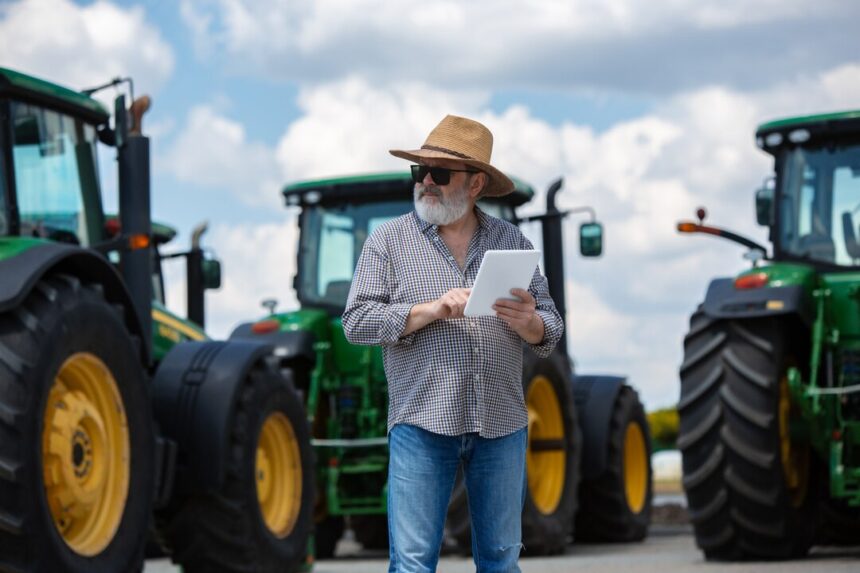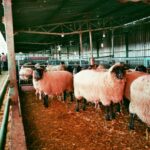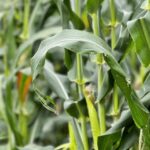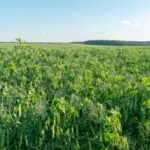Starting a farm is an exciting and potentially lucrative venture, but it requires careful planning and substantial investment. One of the most critical aspects of farming is having the right tools and equipment. These tools not only improve productivity but also reduce labor costs, enhance efficiency, and ensure that your farm is sustainable in the long run. Here’s a comprehensive guide on how to start a farm and invest in the right agricultural tools.
1. Determine Your Farming Goals and Market
Before purchasing any tools or equipment, it’s crucial to define your farming goals and the type of farm you want to run. Are you looking to start a crop farm, livestock operation, or perhaps a mixed farm? Your goals will influence the equipment you need.
- Crop farming requires tools for tilling, planting, irrigation, and harvesting.
- Livestock farming requires equipment for feeding, watering, and handling animals.
- Mixed farming may require a combination of the above.
Identifying your market is equally important. Understanding what products are in demand—whether locally or nationally—can help you decide which crops to grow or animals to raise.
2. Conduct a Soil Test and Analyze Land Resources
Understanding the characteristics of your land is essential before investing in farming tools. Conduct a soil test to determine its fertility, pH level, and nutrient content. This will help you understand which crops or livestock are best suited for your farm and guide your investment in the appropriate tools for soil preparation, fertilization, and irrigation.
If you’re working with limited resources or land, starting small is wise. You can always scale up as you grow more comfortable and profitable.
3. Plan Your Farm Layout and Infrastructure
A well-thought-out farm layout can maximize productivity and reduce the time and effort spent on farm operations. Ensure that your farm has proper infrastructure for water supply, drainage, storage, and waste management. This layout will help you decide where certain tools and equipment are most needed.
- Crops: Consider space for crop rotation, irrigation systems, and equipment storage.
- Livestock: Plan barns, animal enclosures, and grazing areas.
Once the layout is planned, make a list of the essential tools and equipment you will need.
4. Invest in Basic Agricultural Tools and Equipment
Your choice of agricultural tools should be guided by the size of your farm, the type of farming you’re engaging in, and your budget. Here’s a breakdown of essential tools for both crop and livestock farming:
For Crop Farming:
- Tractors: Tractors are indispensable for large-scale crop farming. They are used for plowing, tilling, planting, and even harvesting. Investing in a reliable, fuel-efficient tractor is crucial.
- Plows and Harrows: For preparing the soil, plows and harrows are essential tools. They help in breaking up soil and turning it over for planting.
- Seeders and Planters: These tools ensure that seeds are planted at the right depth and spacing, improving germination rates and crop yield.
- Irrigation Systems: Depending on your climate and crops, you may need to invest in irrigation systems such as drip irrigation, sprinklers, or center pivots to ensure your crops receive enough water.
- Harvesters: Depending on your crop type, you may need specialized harvesting equipment such as combine harvesters, which efficiently gather crops like wheat or maize.
For Livestock Farming:
- Feeding Equipment: Invest in feeding systems like troughs and automatic feeders, especially if you plan to raise large numbers of livestock.
- Watering Systems: Automatic watering systems or water troughs are essential to ensure animals have a constant and clean supply of water.
- Animal Handling Equipment: This includes gates, fences, and livestock handling systems to help you manage your herd safely and efficiently.
- Manure Management Tools: Manure spreaders, composters, or manure carts are important for managing waste, which can be used as organic fertilizer on your crops.
5. Consider New and Used Equipment
Starting a farm can be costly, and equipment is often one of the largest expenses. While new equipment can be reliable and come with warranties, it may not be the most cost-effective option for a new farmer. Look into purchasing used equipment, as it can offer substantial savings. Be sure to inspect used items thoroughly and check for any wear and tear that might affect their performance.
You can also consider leasing equipment, especially for tools or machines that you won’t need year-round, such as harvesters or specialized irrigation systems. Leasing allows you to have access to high-quality tools without the upfront cost.
6. Invest in Technology for Precision Farming
As agriculture becomes more technology-driven, investing in modern farm technologies can increase your farm’s productivity and efficiency. Precision farming tools like GPS systems, drones, and soil sensors can help you monitor soil conditions, weather patterns, and crop health in real time. This data-driven approach can help you make informed decisions about irrigation, fertilization, and pest management, improving your yields and reducing waste.
7. Maintenance and Training
Investing in agricultural tools is just the first step. Proper maintenance of your equipment ensures its longevity and efficient performance. Establish a routine maintenance schedule, including cleaning, lubricating, and checking for any damage. This can save you money in the long run by preventing costly repairs or replacements.
Additionally, provide training for yourself and your farm workers on how to properly use and maintain these tools. Inadequate training can lead to accidents, inefficiencies, and damage to equipment.
8. Ensure Legal Compliance and Financial Planning
Farming requires adherence to various regulations related to land use, environmental conservation, and food safety. Be sure to familiarize yourself with the local laws and acquire any necessary licenses or permits. Additionally, create a detailed business plan that includes a budget for purchasing agricultural tools, operating expenses, and expected revenue. This financial plan will help you manage cash flow and make informed investment decisions.
9. Build Relationships with Suppliers
Building strong relationships with agricultural suppliers can help you secure the best deals on tools and equipment. Suppliers often offer support services, product demonstrations, and maintenance packages that can be valuable as you grow your farm. Consider purchasing from local suppliers to reduce shipping costs and gain access to locally relevant tools and advice.
Starting a farm is an exciting journey, and investing in the right agricultural tools is a key step in ensuring your farm’s success. By carefully planning your farm layout, selecting the right equipment, and maintaining your tools properly, you can build a sustainable and profitable farming operation. Whether you are starting small or scaling up, investing in quality equipment and adopting modern farming practices will give you the best chance to succeed in South Africa’s competitive agricultural industry.
Join 'Farmers Mag' WhatsApp Channel
Get the latest Farming news and tips delivered straight to your WhatsApp
CLICK HERE TO JOIN






